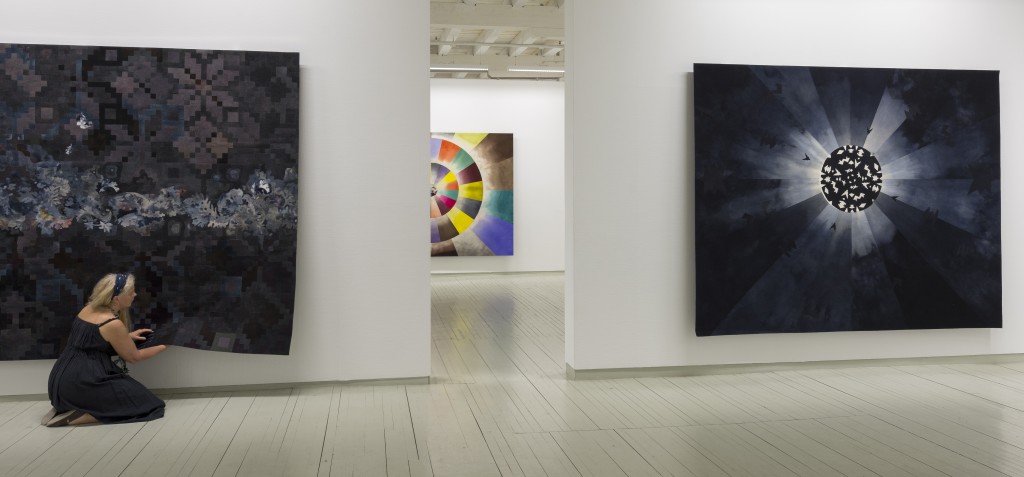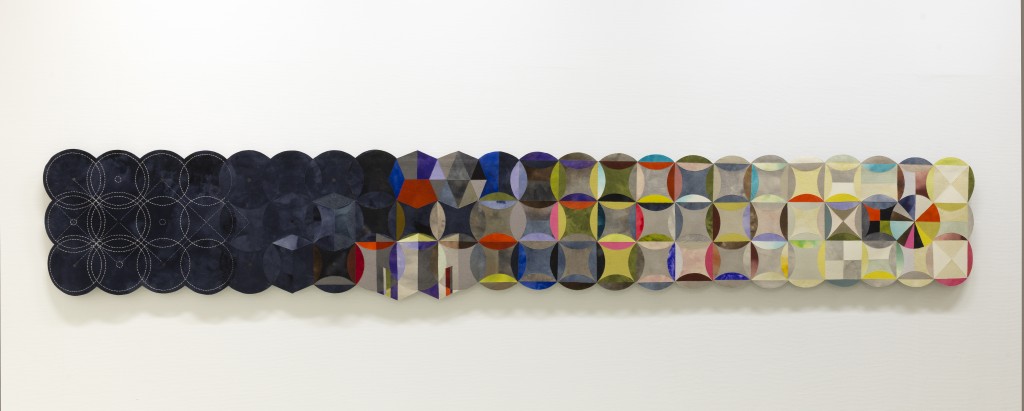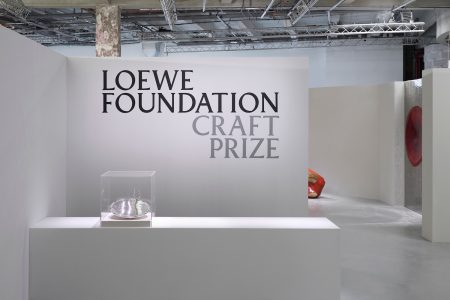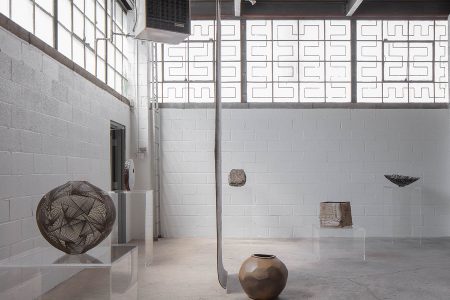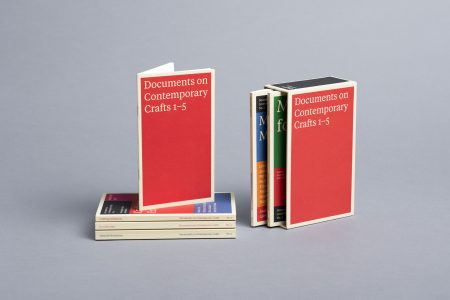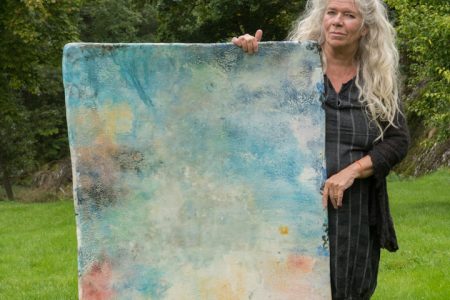
Inger Johanne Rasmussen: Inlaid textile designer
The textile tradition used by Inger Johanne Rasmussen (b. 1958) comes closest to patchwork quilting. These hand-stitched quilts were made out of scraps or used clothing. TLmag visited Inger Johanne Rasmussen in her studio on Hovedøya island, a five-minute ferry ride from Vippetangen.
TLmag: What inspires you in your textile creations?
Inger Johanne Rasmussen: In my work, I integrate the ‘Bizarre style’, which was applied in the early 17th century to small textile patterns and sampling. My pieces, however, are larger scale textiles with different colour ranges. I feel that the Bizarre style has influenced the folk art and costumes in Norway, which I studied extensively in the three-volume Norsk Bun adleksikon. I also get inspiration from the Swedish abstract painter Hilma af Klint, who was recently exhibited at the Moderna Museet in Stockholm. Her art follows cosmology.
TLmag: How do you create your inlaid textiles and carpets?
I.J.R.: All of my carpets are made of felted wool; mostly military-issue, wool foot cloths. The material is dyed and cut to size, then the pieces are placed side-by-side and glued with Vliselin adhesive and stabilising interfacing. All the bits and pieces are subsequently sewn together by hand, as with appliqué. I like the sewing most of all. But when I sew, I look forward to being finished so that I can start designing a new carpet. So I sew very quickly and take my paraphernalia with me wherever I go. I’m an impatient draftsman because I can’t wait to see the colours in the material. Often I start cutting into newly dyed, half-dry material because I just can’t wait till it finishes drying. Cutting the material is great fun but rather daunting, because it’s easy to ruin a lot of material in no time, and it always turns out slightly different than I anticipated. I cut quickly because I’m impatient to glue the pieces together and see how it looks. I can’t get a proper impression of the whole thing before all the pieces for the carpet are cut, so it’s always a rush job. Sometimes I have to re-do this stage several times, and that’s a pain because I’m always looking forward to sewing again. That’s how it is.
